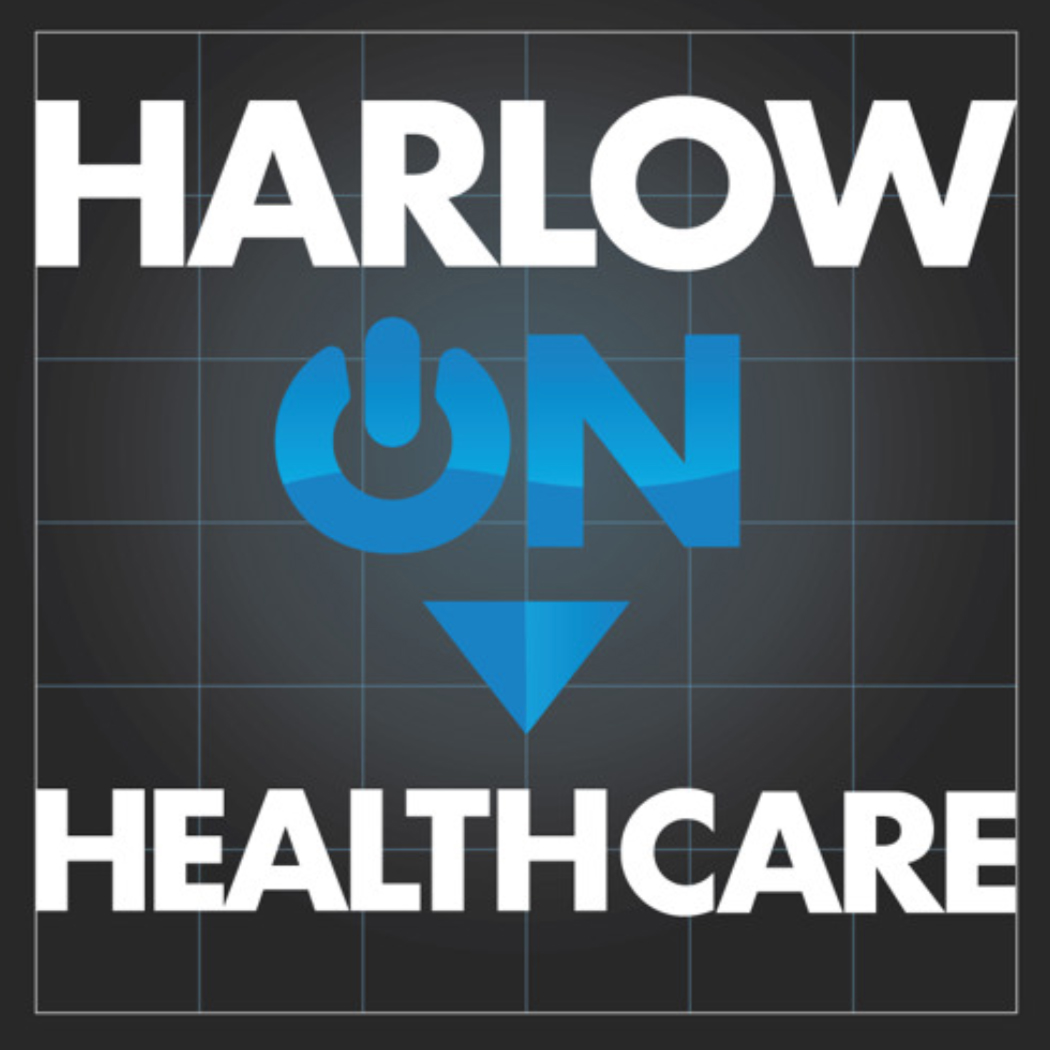The Health Research Institute at PricewaterhouseCoopers released a report last week entitled Putting patients into "meaningful use." It begins with the anecdote I've blogged about previously regarding a diagnosis by Facebook in lieu of a PHR, which some have highlighted as a great success for social media in health care. I am much less sanguine on that front. The PwC report, of course, has much more than that story in it; here are the key takeaways, backed up with some survey data and interviews:
- Engaging external constituents may postpone achievement of "meaningful use."
- Patient awareness of and access to available health IT tools is low; social, expectation, and education hurdles also exist.
- Patient engagement in "meaningful use" is still low, despite consumer interest.
- "Meaningful use" has yet to explicitly call for measuring the level of patient engagement.
- Health systems will need to compete for consumers in the PHR market.
Point 4 is on the cusp of change, as draft Meaningful Use standards for Stage 2 are now being considered by ONC. PwC contacted me for input on this question, and I was happy to be able to provide it on behalf of the Society for Participatory Medicine. The report identifies the Society and its mission, and notes that it has "aske[d] ONC to strengthen the 'meaningful use' standards and to add to them certain measures that would assist providers in gauging how well they are involving patients in such activities as work flow redesign and quality improvement initiatives." Finally, PwC notes that "healthcare providers can follow four steps to promote adoption and utilization of PHRs:"
- Make the physician/advanced-practice nurse the face of the PHR.
- Define expectations for active participation in healthcare.
- Get family members on board.
- Design PHRs alongside patients to keep them coming back.
It is heartening to see healthcare providers and their advisors adopt these as guideposts along the path to meaningful use.
Where have these principles already been adopted? What other principles need to be observed? I'd be very interested to hear about case studies — whether in process or already rolled out — in the comments.
David Harlow
The Harlow Group LLC
Health Care Law and Consulting
This post first appeared on e-patients.net.


